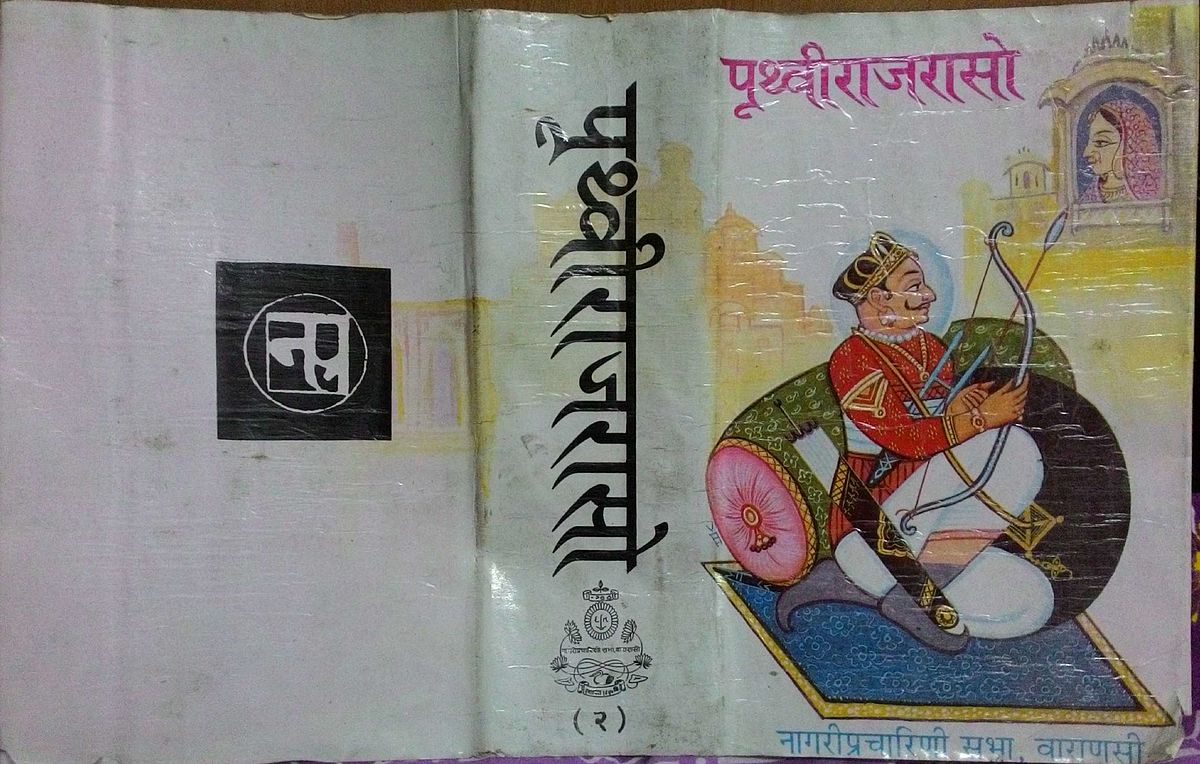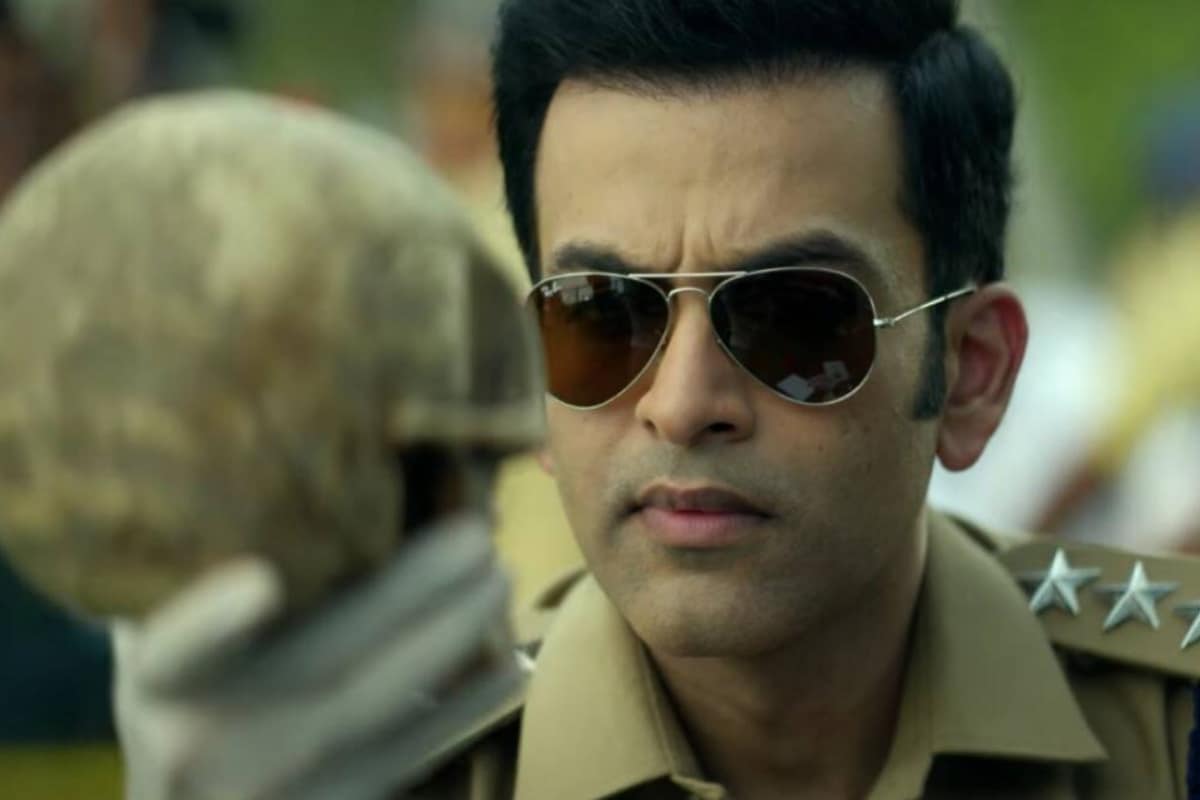

This article’s two aims are to briefly describe the activities of a Hindu nationalist organisation commonly referred to as Vidya Bharati, particularly in the Indian state of Uttarakhand, and more specifically to analyse and describe the contents and political aims of its ideologically charged social science textbook called Gauravśālī Bhārat (“Glorious India”). The article is available in print in Archiv Orientalni, 2015, 83 (2), 255–280. Parce qu’elle peut permettre d’accéder à des perspectives alternatives sur la formation de l’État moghol, une telle entreprise herméneutique est toutefois essentielle. Amrit Rai était autant poète qu’historien, ce qui fait de l’interprétation du Māncarit et des nombreux textes rajputs lui ressemblant une tache épineuse.

Prithviraj raso in english pdf plus#
Le Māncarit (« Biographie de Man Singh », 1585)d’Amrit Rai, un des plus anciens exemples de littérature rajput concernant un manṣabdār moghol, offre de fascinantes perspectives sur le pouvoir moghol du point de vue de la cour de Man Singh Kachhwaha, un des principaux royaumes régionaux de l’époque d’Akbar.
Prithviraj raso in english pdf archive#
Bien qu’il existe un riche corpus de textes en vieil hindi (dans les dialectes rajasthani et brajbhasha) datant de la période de la première modernité, ceux-ci demeurent une archive sous-exploitée de l’histoire moghole. Amrit Rai was as much a poet as an historian, which makes the Māncarit and the many Rajput texts like it challenging to interpret, but the possibility of gaining alternative perspectives on Mughal state formation makes such a hermeneutic enterprise essential. The Māncarit (“Biography of Man Singh,” 1585) of Amrit Rai, one of the earliest known examples of Rajput literature about a Mughal manṣabdār, provides fascinating perspectives on Mughal power, as seen from the perspective of the court of Man Singh Kachhwaha, one of the leading regional kings of Akbar’s day. A wealth of Old Hindi texts in the Rajasthani and Brajbhasha dialects survives from the early modern period, but they remain an underused archive of Mughal history.


 0 kommentar(er)
0 kommentar(er)
